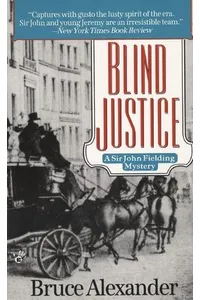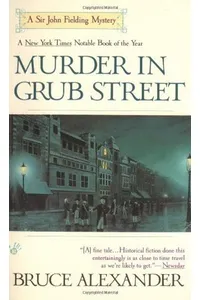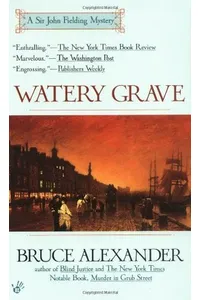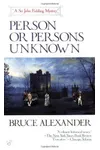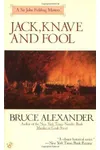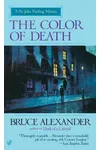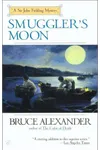Step into the gritty, gaslit streets of 18th-century London, where Sir John Fielding, a blind magistrate with an uncanny knack for justice, unravels the city’s darkest mysteries! Penned by Bruce Alexander, the Sir John Fielding series is a captivating blend of historical fiction and mystery, bringing to life the real-life figure who co-founded London’s first police force, the Bow Street Runners. Through 11 novels, readers follow Fielding and his young protégé, Jeremy Proctor, as they tackle crime in a world brimming with intrigue, danger, and vivid Georgian charm.
With its richly drawn characters, twisty plots, and immersive historical detail, this series is a hidden gem for fans of historical mysteries. Ready to dive into a world where justice prevails against all odds? Let’s explore the legacy of Sir John Fielding!
How Sir John Fielding Began
Bruce Alexander, the pseudonym of American journalist Bruce Cook (1932–2003), crafted the Sir John Fielding series starting with *Blind Justice* in 1994. Inspired by the real Sir John Fielding, a blind magistrate and social reformer who revolutionized policing in 18th-century London, Alexander wove fact and fiction into a compelling narrative. His goal was to transport readers to Georgian England, capturing the era’s social injustices and bustling energy through the lens of a brilliant, sightless detective and his observant young ward.
Alexander’s background in journalism and nonfiction lent authenticity to the series, as he meticulously researched London’s courts, slums, and streets. The result was a series hailed for its historical accuracy and engaging storytelling, earning praise from outlets like *The New York Times* and a loyal fanbase eager for each new installment.
The Heart of Sir John Fielding
The series kicks off with *Blind Justice* (1994), where 13-year-old orphan Jeremy Proctor, falsely accused of theft, is rescued by Sir John Fielding. Together, they investigate a locked-room murder, setting the tone for their partnership. *Murder in Grub Street* (1995) follows with a brutal massacre pinned on a mad poet, but Fielding’s pursuit of truth uncovers deeper evils. In *Watery Grave* (1996), a naval officer’s death at sea raises questions of murder versus accident, while *The Color of Death* (2000) ties a string of robberies to the era’s complex slavery laws.
Themes of justice, social reform, and resilience shine throughout. Alexander paints a vivid picture of Georgian London—its seedy docks, bustling markets, and stark class divides—while Fielding’s blindness adds a unique twist, relying on his sharp mind and Jeremy’s keen eyes. The series’ style is immersive yet accessible, blending suspenseful plots with historical figures like Samuel Johnson and Benjamin Franklin, making each book a time-traveling adventure.
Fans love the dynamic between Fielding, the wise magistrate, and Jeremy, the eager narrator, whose coming-of-age journey adds heart. The novels tackle gritty issues like poverty and corruption, yet maintain a hopeful tone, celebrating Fielding’s real-life contributions to crime prevention and youth welfare, such as founding the Orphan Girls Asylum.
Why Sir John Fielding Resonates
The Sir John Fielding series stands out for its seamless blend of history and mystery, offering a fresh take on the detective genre. Its influence lies in bringing an unsung historical figure to life, showcasing Fielding’s progressive ideas and the birth of modern policing. Fans on platforms like Goodreads praise its evocative settings and compelling characters, with some calling it “the best historical mystery series set in the 18th century.”
Though Alexander’s passing in 2003 ended the series, its 11 books remain a testament to his storytelling prowess. For readers seeking immersive, thought-provoking mysteries, Sir John Fielding’s world continues to captivate, proving that even lesser-known series can leave a lasting mark.
- Publication Years: 1994–2005
- Number of Books: 11
- Notable Recognition: *Murder in Grub Street* named a Notable Book by *The New York Times* (1995)
Ready to unravel mysteries with Sir John Fielding? Grab *Blind Justice* and step into the thrilling, shadowy world of 18th-century London!
